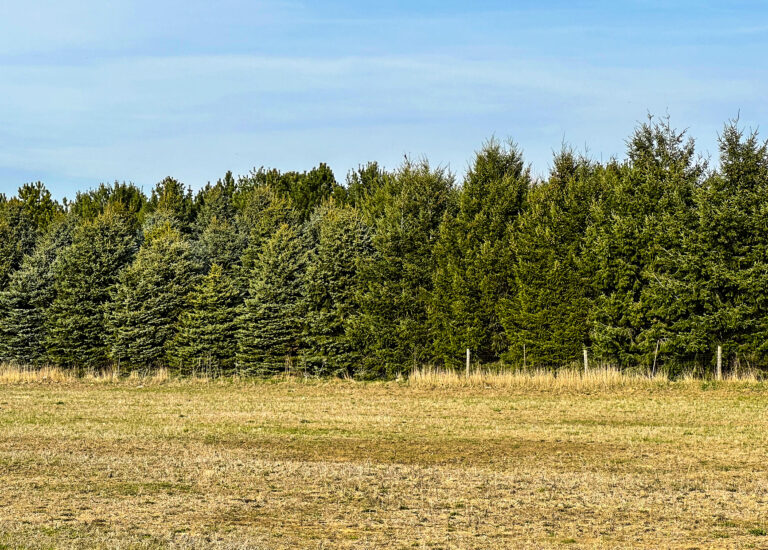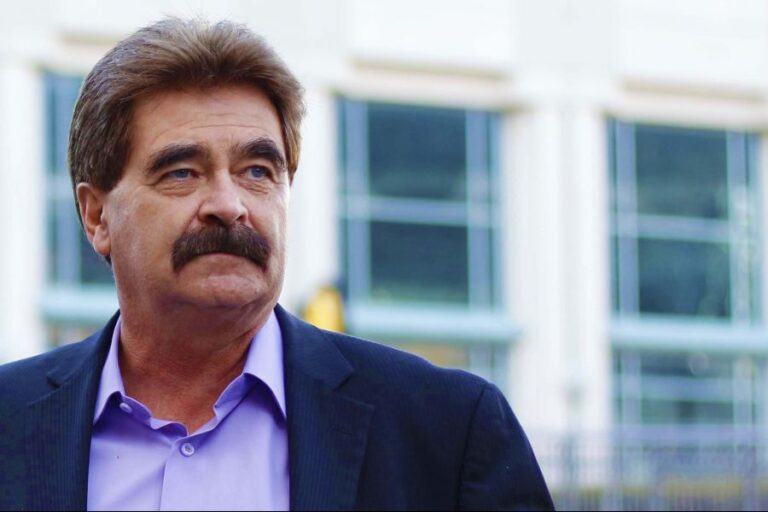OPINION/BY TERRY (HE) MACTAGGART
Concerns have again been growing about development pressures building in our community, particularly in and around the Old Town.
I say “again” because this is by no means the first time such concerns have arisen, nor will it be that last. There appears to be something more fundamental about this occasion, however, that warrants our collective response.
These pressures and lack of a clear path forward, coupled with our local election on Oct. 22, present a valuable opportunity. Now can become a time to observe and reflect carefully, consult with a wide cross section of our citizenry and, above all, wake up as a community.
How should we think with purpose about a desirable future for Niagara-on-the-Lake, as well as take steps to improve the chance that vision will be fulfilled?
My perspective is derived from a 47-year residency, a long interest in creative community development and a 13-year tenure as executive director and president of the Niagara Institute.
The current debate about Randwood, which the Institute acquired, improved and operated successfully during that time, is providing a major source of personal stimulus because I know that property intimately and how it could be compromised. That, plus a sense — unlike times before — that the town we love has now in some areas reached its limits to growth makes it timely to sound this “call to action.”
For years, Niagara-on-the-Lake has been considered by many to be one of the more desirable small communities in North America. Its combination of historic, cultural and recreational resources, combined with an agreeable lifestyle, provided an endowment I felt equivalent of a Carmel or Nantucket — and certainly of Victoria. The town’s rich agricultural heritage, a growing reputation for fine wines and a distinctive mix of urban and rural life added to its reputation.
While the town’s popularity as a tourism destination was growing, it hadn’t become overwhelming – you could still ride a bicycle on Queen Street on a sunny summer afternoon without experiencing a life-threatening drama.
One essential foundation we should never forget was the over-arching attitude of its citizens towards balancing “progress” and “preservation.” While not codified, this perspective was quite evident in the evolution of the town and township. Frankly, we were lucky, for without it we could have been overrun long ago by fast food and other encroachments.
So what’s happening now — why does it feel quite different today? Property development, particularly housing and hospitality — broadly defined — is clearly a major driver. We have nearly doubled the housing stock, reshaping most of our constituent neighbourhoods and utilizing much available land. Demography and a relatively strong economy have created an unprecedented demand for housing (notwithstanding much higher prices) resulting in a noticeable immigration of mainly retirement age people who wish to enjoy “Canada’s Prettiest Town.”
Traffic and related safety concerns have become a significant issue not just into and around the Old Town (where the line of incoming cars on Highway 55 stretched out to the airport on a recent Sunday) but also for St. Davids and Virgil.
And housing costs and a lack of high paying jobs is continuing to convince many young people to move away.
We appear to be trending towards becoming an exclusive community of aging residents, many of whom are disconnected from the public affairs of the Town.
Much of this was predictable given NOTL’s favourable positioning and the inevitability of a significant migration and wealth transfer as baby boomers began to retire. I can recall discussions as long ago as the 1970s about how the high traffic season should be handled by permitting and peripheral parking. Spot situations like the busing invasion (92 in one day!) were confronted and solved effectively. And developers quite naturally recognized the number of profitable opportunities they could take advantage of.
New residents can provide a barometer of community wellbeing. While the sample I experience is mainly Old Town related, they reiterate the lifestyle reasons for wanting to move here but increasingly report their impression that the community is changing and is not entirely the pleasing environment they expected.
A recent study of “Best Places in Canada to Live” also noted that Niagara-on-the-Lake had slipped 53 points in ranking last year from 55th to 107th — anecdotal evidence perhaps, but one can argue an indicator of a community in some decline.
My main concern is that parts of the town are at — not just close to or approaching — limits to growth. To carry on as before will undoubtedly result in notable deterioration.
Immediate causes are frequently referred to — “It’s the division on Council that’s to blame; some are in the developer’s pocket; Town staff can’t do the job; they lack the experience; we have suffered from the lack of an up-to-date official plan; it should have been finalized long ago; we can’t seem to win; provincial guidelines and the OMB-like review process favour developers,” and so on.
Such blame games, apart from not being corrective, are another manifestation of a community that is overheating and potentially trending in the wrong direction.
We might remember Pogo and consider whether “the enemy is us!”
The key question, of course, is what to do? Odds are carrying on in an incremental way under the present ground rules will not result in a significant course adjustment regardless of who sits on the new council.
A more opportunistic view is to recognize that real change is usually driven by either a prominent opportunity or a notable crisis, in some cases by a combination of the two. And a persuasive argument can be made that we are presently confronting elements of both. What’s needed is a higher order formula that is citizen-driven. What can set a better course involves defining what we seek as a desirable future and applying that framework as a template for future development.
Let’s therefore assume that we now have a once in a 25-year opportunity to take on such a project. Let’s further assert that willingness and capabilities to do so are present in the community. What might such an effort be aiming towards and how might it be organized?
Definitions of what makes up a great community are relatively easy to come by. Several factors are often cited that go beyond simply a vibrant economy. “Strong leaders with vision and shared purpose, capable of inclusivity and teamwork” is near the top. Closely coupled are “citizens who know the civic story, often sharing a ‘big dream’ and are engaged with its affairs.”
“Effective infrastructures” for education, transportation, housing, medical and other essential services as well as opportunities for recreation and cultural activities are inevitably mentioned.
A “caring community” has also become basic as has a “commitment to sustainability.” These attributes and more are seen to contribute to a community’s social, economic and environmental well being.
At the core of such an enterprise are the values that citizens share about behaviour, the quality of their lives and their collective future.
Without using values as a touchstone and guide, growth and development usually lacks coherence, becoming ad hoc and incremental. Many communities following such a course have found themselves occupying a different and less satisfying space, incapable of unwinding what they assumed was “progress.”
If enough of us believe this is a good time, perhaps a critical one, to come together in order to map out a desirable future, then I am confident that it can be done. Similar initiatives have been taken elsewhere to great advantage and the process of finding common ground is well known. That is not to suggest that it’s easy, for it usually involves work in advance and a relatively large cross section of people throughout the community willing to suspend judgement and invest their energies for a couple of days in joint pursuit. An ideal time would be in the weeks following the late October election. New council members could participate as citizens but the process in no way should be lead by council or staff. The payoff aimed for would be a charter of sorts, an elaboration of a Desirable Future for NOTL which, while not binding on policy and decision making, would serve as a frame of reference and template for conditioning how we approach issues as well as for guiding future development.
Who is prepared to respond to such a Call; to help wake up our community and plan for its future?
Terry (He) Mactaggart










